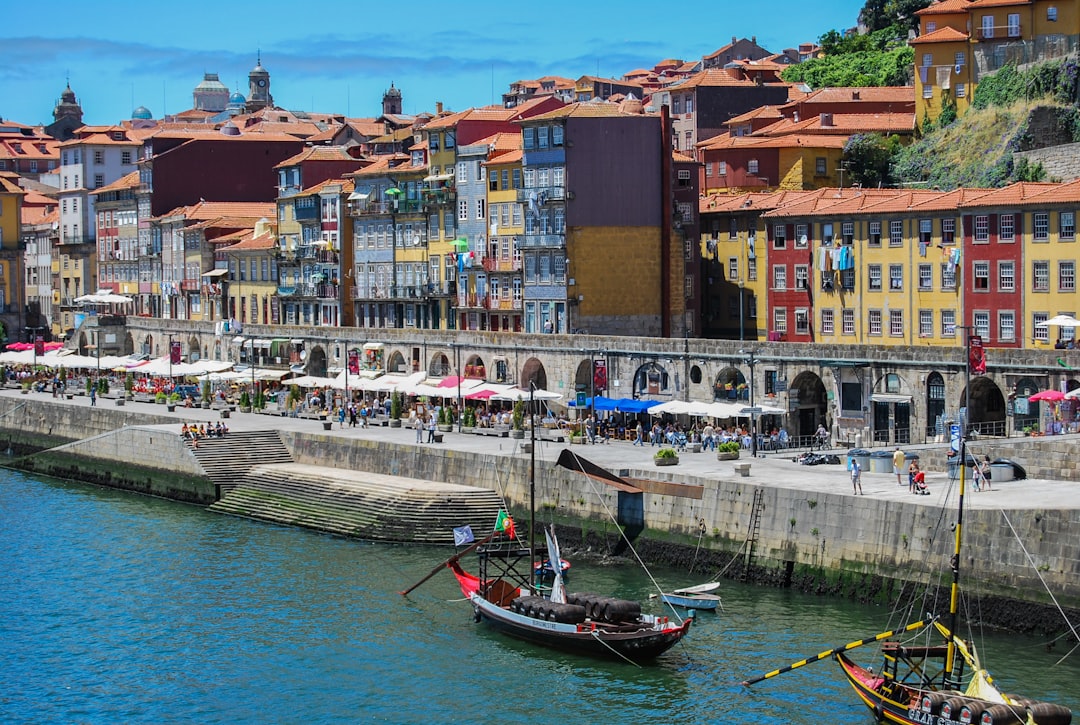Amsterdam’s Historic Architecture: Unveiling Timeless Beauty
Amsterdam, the capital city of the Netherlands, is renowned for its picturesque canals, vibrant culture, and unique historical charm. One aspect that truly stands out in this beautiful city is its historic architecture, which unravels the timeless beauty of the past while capturing the essence of the present.
Walking through the streets of Amsterdam, one cannot help but be captivated by the stunning architectural marvels that have been preserved throughout the years. From soaring church spires to quaint canal houses, the city showcases a seamless blend of styles that reflect its rich heritage.
One of the most iconic architectural features of Amsterdam is its canal houses. These narrow, tall buildings with distinctive gables are a prominent sight along the city’s canals. Built during the Dutch Golden Age in the 17th century, these houses serve as a reminder of Amsterdam’s economic prosperity during that time. Each house tells a unique story, with their styles and decorations showcasing the creativity and affluence of the era.
The canal houses were constructed with utmost precision, making the best use of limited space. The façades are adorned with intricate ornaments, such as carved wooden doors, ornate stoops, and beautifully designed gables. Many of these houses have been converted into trendy boutiques, bars, and restaurants, providing a glimpse into the city’s present-day character while maintaining their historic charm.
Another architectural gem in Amsterdam is the Westerkerk (the West Church). The towering spire of this church dominates the city’s skyline and has been an iconic symbol of Amsterdam for centuries. Built in the early 17th century, the Westerkerk is a prime example of Dutch Renaissance architecture. The grandeur of the church is magnified by its beautiful stained-glass windows, imposing organ, and peaceful interior that invites visitors to pause and reflect.
Adjacent to the Westerkerk is the Anne Frank House, a place of great historical significance. This is where Anne Frank, the young Jewish girl who documented her life in hiding during World War II, spent her final years. The Anne Frank House is a reminder of the atrocities of the past and the importance of preserving historical sites for future generations to learn from.
Beyond the canal houses and churches, Amsterdam’s historic architecture also extends to its captivating museums. The Rijksmuseum, located in the Museum Square, is a masterpiece in itself. Designed by renowned architect Pierre Cuypers in the late 19th century, the building showcases a combination of Gothic and Renaissance Revival styles. The grand entrance adorned with ornate sculptures and the majestic central hall, housing famous artworks by Dutch masters like Rembrandt and Vermeer, create an awe-inspiring experience for visitors.
The Van Gogh Museum, dedicated to the famous Dutch artist Vincent van Gogh, is another architectural gem in Amsterdam. The modern and sleek design of the museum seamlessly integrates with its historical surroundings. Inside, visitors can explore the extensive collection of Van Gogh’s paintings and gain a deeper understanding of the artist’s life and works.
Amsterdam’s historic architecture not only showcases the city’s past but also serves as a testament to its commitment to preserving its cultural heritage. Through careful restoration and conservation efforts, these architectural gems have withstood the test of time and continue to captivate locals and tourists alike.
As you wander the streets of Amsterdam, be prepared to be transported back in time while marveling at the enduring beauty of its historic architecture. It is this combination of past and present that makes Amsterdam such a unique and enchanting city, inviting visitors to not only explore its rich architectural history but also create unforgettable memories of their own.












